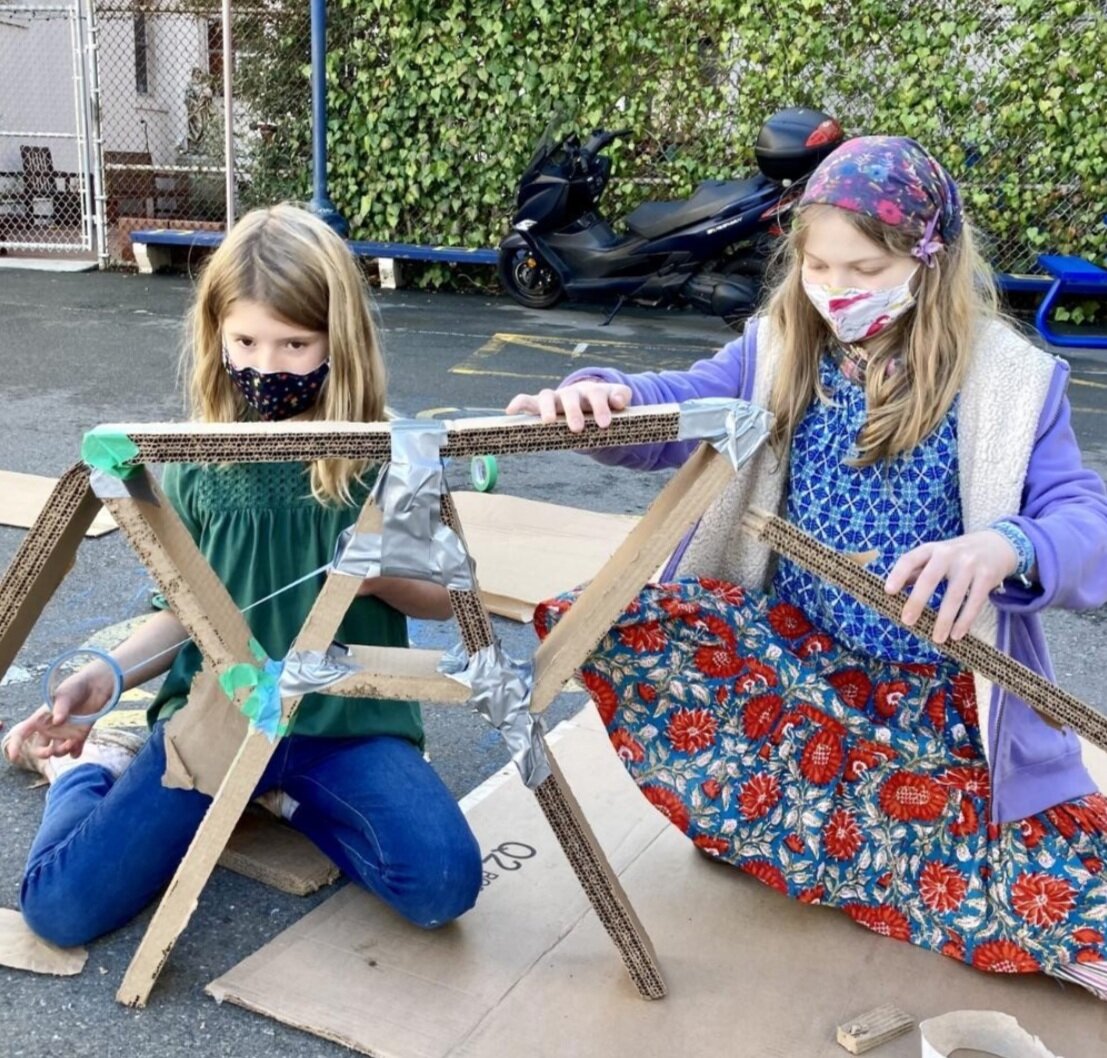How do Kindergarteners at Brightworks Learn?
We play
We build
We learn through play-based explorations, through emergent projects and through stories
Educators model excitement and a love of learning
Brightworks is a Small School that is Big on Connection.
Connection to other ages - we find that segregating children by age can pathologize normal, developmental differences and deprive children of the opportunity to bond with, teach, and learn from each other.
Connection to the community - there is a school-wide mandate to get out of the school building at least once a week.
Connection to experts - students and collaborators bring in experts to dive deep into a topic.
We expose students to new ideas through play based explorations that lead them to provocative questions
We acknowledge the innate drive to learn about ourselves and our world that children possess, and we very intentionally make sure we are not negatively interfering with that by imposing anything that interferes with that.
Our structures and supports are designed to use that inherent momentum and augment it and support it, not to interfere with it.
We design projects that invite students to use the skills of collaboration and build their other problem solving and academic competencies.
We honor and support autonomy and agency.
We reserve time for students to practice the skills they need to take their projects to the next level. We do this in a way that invites student choice and agency.
We honor and support inquiry, interest, creativity, and the needs of the child.
We have community circles, we take time to help students mediate conflict, we discuss relationships and tools for navigating them, we help students do their own internal work on how to identify and regulate those emotions.
We recognize that everything we say and do teaches something about power and relationship, and we endeavor to make sure those lessons are healthy and helpful for the goals we are striving for.
We learn how to be in community with each other, and how to work it out when our needs conflict.


